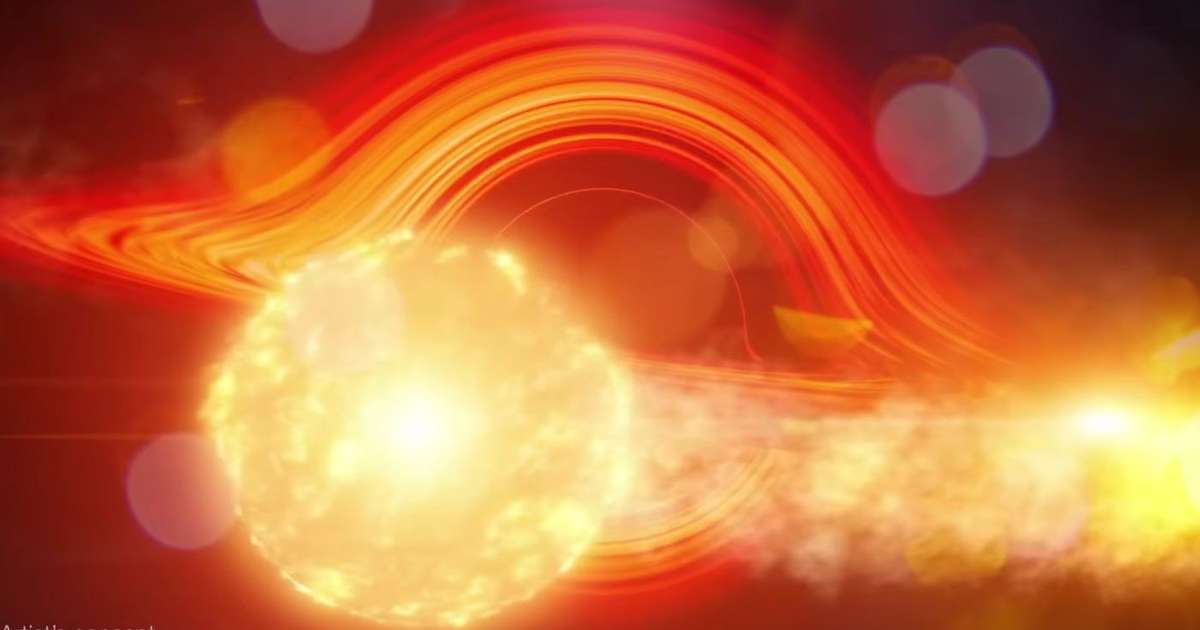A sun-like star is slowly being devoured by a massive black hole weighing 200,000 solar masses
September 12
2023
– 6:32 pm
(Updated at 6:53 p.m.)
A sun-like star was bitten by a black hole in a nearby galaxy located about 500 million light-years away, and emitted X-ray signals. The event proved to astronomers that the type of objects involved in Phenomena like these Determines what radiation will be emitted.
That was with the Swift Space Telescope, from NASAScientists led by Phil Evans, from the University of Leicester in the United Kingdom, have discovered the system consisting of a black hole and a star. The name given to the binary is Swift J023017.0+283603, shortened to Swift J0230.
This discovery was made possible thanks to a new automated research program developed by Evans called Fast x-ray transient detector. It allows Swift to observe a portion of the sky and send back data for comparison with its previous images of the same location.
The method automatically detected a location in space where X-ray emissions suddenly changed and sent an alert to scientists. At this point, it was time for the team to take over the work of the algorithm: they analyzed the data and found a tidal disturbance event, which occurs when a star is captured by a galaxy. Black hole.
According to Evans’ team, Swift J0230 is a recurring tidal disturbance, meaning the star has been stung at least nine times by the black hole, every few weeks. But what is most curious is that there were no UV emissions on any of the occasions, on the contrary Other similar events.
Swift’s star J0230 orbits a black hole with a mass more than 200,000 times the mass of the Sun, losing matter equivalent to three times the mass of Earth every time it gets close enough. If the properties of black hole and stellar systems determine the type of radiation emitted by tidal disturbance, Swift J0230 seems like a great example of why this is the case.
This also means that astronomers can develop a more complete model, to determine the relationship between emitted radiation (X-rays, ultraviolet radiation, radio, etc.) and the properties of objects (such as size and mass).
This will require further observations, which may occur soon. According to the study, “The fact that this event was found 3 months after this real-time survey was activated indicates that it is reasonably common, and we can expect to discover more objects of this category using sensitive X-ray instruments.”
The discovery article was published in the journal Nature astronomy.
source: Nature astronomy, NASA
Popular on Canaltech:

“Friendly zombie fanatic. Analyst. Coffee buff. Professional music specialist. Communicator.”

